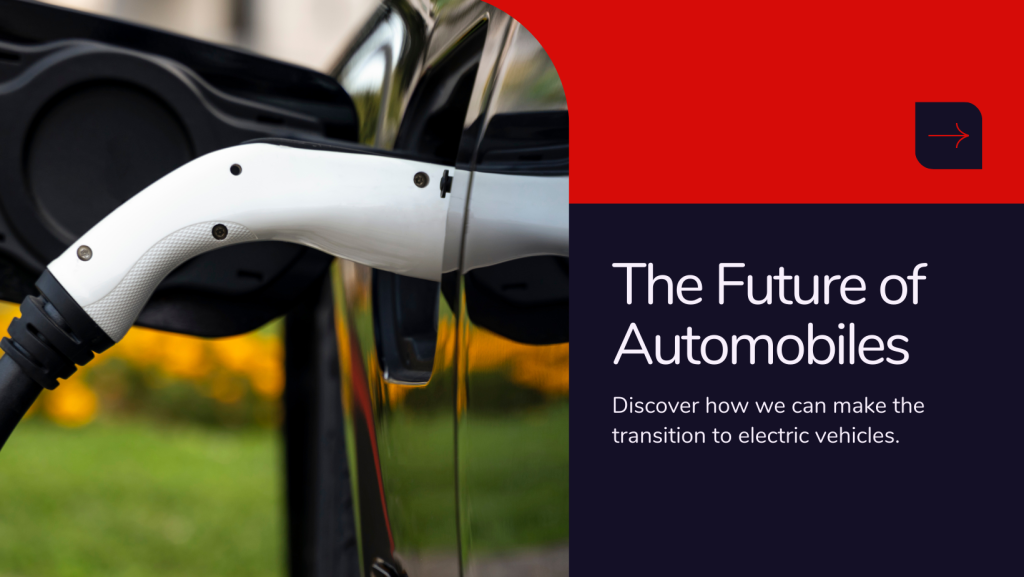An enormous transition toward electric cars (EVs) is occurring in the automobile sector as worries about climate change and environmental sustainability continue to grow. Electric vehicles (EVs) have the potential to completely transform how we drive and interact with cars because to developments in battery technology, charging infrastructure, and government incentives.
The urgent need to cut greenhouse gas emissions and lessen the negative effects of burning fossil fuels on air quality and public health is one of the main forces motivating the switch to electric vehicles. Since EVs are powered by electricity rather than typical internal combustion engines, which run on gasoline or diesel, they have zero tailpipe emissions and a shorter lifetime carbon footprint.
Furthermore, EVs have several advantages above and above environmental sustainability. Compared to traditional cars, they are smoother, quieter, and more energy-efficient to drive, giving customers a more pleasurable and comfortable driving experience. Because EVs have simpler powertrains and fewer moving parts, they also require less maintenance and have lower running expenses.
However, a number of obstacles must be overcome before EVs can be widely used, such as their short range, high initial costs, and the requirement for a reliable charging infrastructure. It will take cooperation and creativity from a variety of industries, including utilities, urban planners, automakers, and legislators, to remove these obstacles.
Despite these challenges, the future looks promising for EVs as technological advancements continue to drive down costs, improve performance, and expand charging options. With growing consumer interest and regulatory support, EVs are poised to become the dominant mode of transportation in the coming decades, paving the way for a cleaner, greener, and more sustainable future for mobility.

